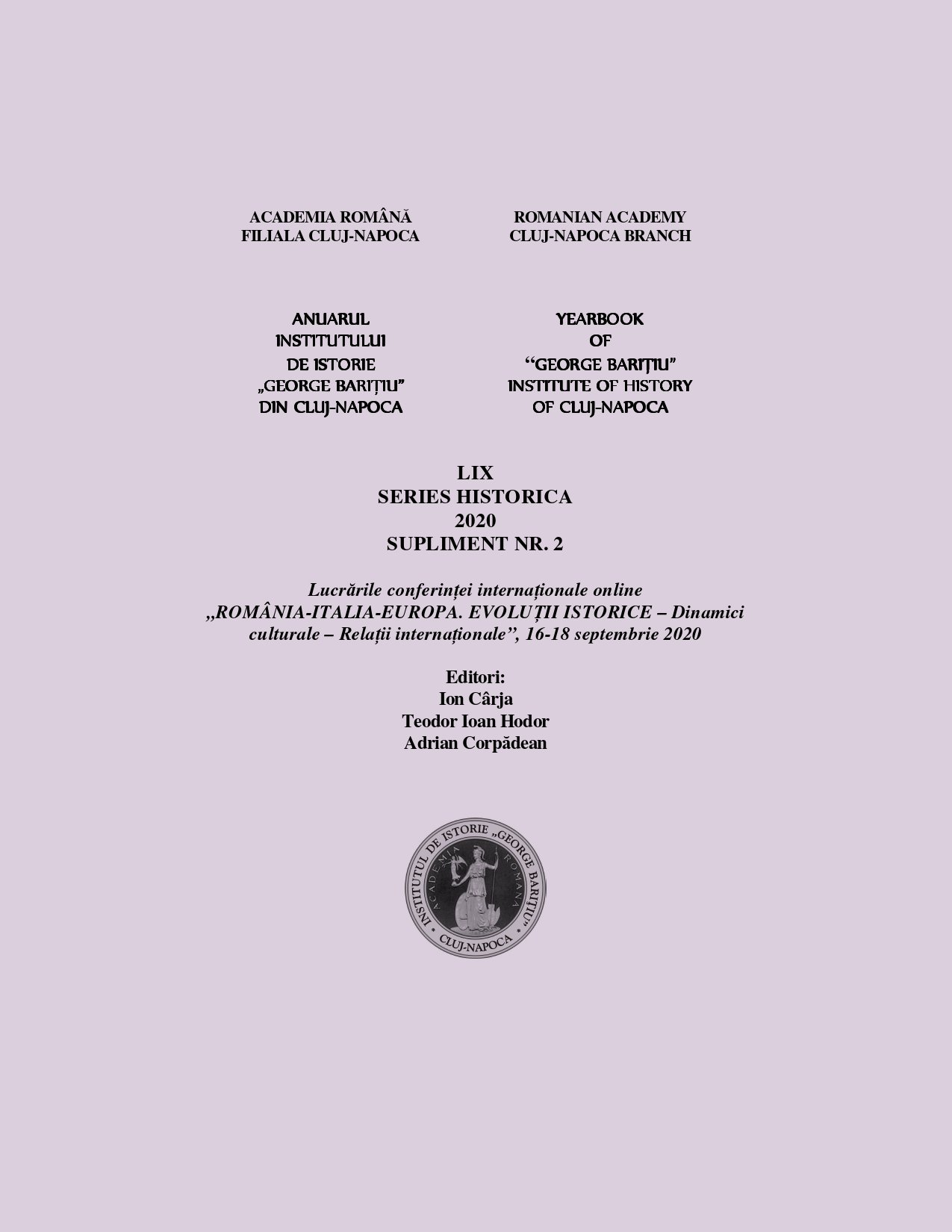Tipologia loialismului dinastic în romanul Marșul lui Radetzky de Joseph Roth și scrierile românești din Transilvania (1848-1916))
The typology of the dynastic loyalty in the novel The March of Radetzky written by Joseph Roth and the Romanian writings from Transylvania (1848-1916))
Author(s): Alexandru Bogdan BudSubject(s): Cultural history, 19th Century, Pre-WW I & WW I (1900 -1919)
Published by: Editura Academiei Române
Keywords: loyalty; typology; Franz Joseph; literature; historiography; Joseph Roth;
Summary/Abstract: The attitude of the subjects towards their emperor has been described many times in historiography, and literature did not omit this topic either; on the contrary, it drew some completely new images, of course based on real events. The role played by literature in supporting fidelity to the throne is debatable and analyzable depending on the nature of the regime to which the author of the text belonged. The multiculturalism of the empire ruled by the Habsburg Dynasty and later the Austro-Hungarian Monarchy was one of the special and interesting parts of history. Taking into account different culture of its nations, thei r traditions, but more important, the different language spoken by the people, the monarchy existed and functioned almost perfectly, it overcame difficult wars, all thanks to a connector that put the subjects together and knew how to keep them close - the Emperor. The entire novel Radetzky's March by Joseph Roth and especially characters’ statements on Monarchy follows a signification that can be noticed in some Transylvanian writings during the reign of the Emperor. It is true that the situation in the texts we refer to is different, both because of the eras they belong to and because they do not fall into the same historiographical sphere, but we can notice essential elements that generate a historical typology on the nations’ mentalities under the Habsburg reign. Following these aspects, we intend to research some levels of dynastic loyalty, its frame and evolution on the historical context. The stages that Roth's novel follows in order to build the storyline and describe the attitude of the subjects towards the emperor Franz Joseph are also found in the historiography of this era, having a contribution in modeling the collective attitude towards the monarch, in an empire with many nations and different visions.
Journal: Anuarul Institutului de Istorie »George Bariţiu« - Series HISTORICA - Supliment
- Issue Year: LIX/2020
- Issue No: LIX, 2
- Page Range: 179-187
- Page Count: 9
- Language: Romanian

